Here Is What You Need to Know About Recycling: Unveiling Startling Insights
Plastics, with their affordability and durability, have become ubiquitous in various industries, from automotive and food to textiles. However, the convenience of plastics comes at a significant environmental cost that we can no longer ignore. Do you believe that the mounting global issue of plastic waste is easily recyclable? If so, brace yourself for a reality check! Here are the eye-opening details you need to know about recycling and its complexities.
What is this Plastic? Let's Take a Look at Its History.
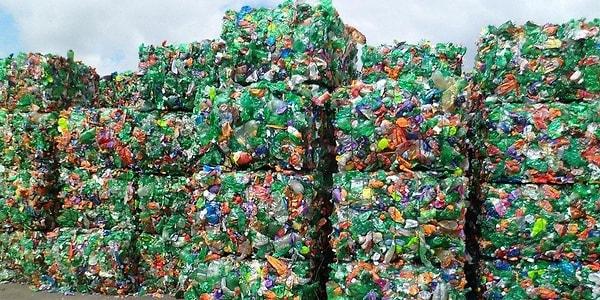
First produced in 1869, plastic, a polymer, is a byproduct of extracted petroleum. Approximately 4% of petroleum resources are utilized in plastic production, found in the manufacturing of numerous materials across our world, from automotive components to textiles. Why do we use so much plastic, you may wonder? The answer is quite simple: low cost, durability, and rapid production. However, the widespread use of plastic in our lives, from the past to the present, is increasingly causing harm to the environment because plastics persist in nature for years, contributing to the creation of a plastic-filled landfill on our planet.
Can They Naturally Disappear in Nature?

Due to the scarcity of organisms capable of breaking down plastic in nature, expecting it to disappear on its own takes an exceptionally long time. For instance, it may take up to 450 years for a plastic PET bottle to decompose in the environment, while a plastic bag can take up to 1000 years. This slow cycle leads to the accumulation of plastic waste. When plastics dissolve, they pose a different problem by turning into microplastics, mingling with air, water, and food, risking our health.
How do These Non-Biodegradable Plastics Harm Living Beings?

The harms of plastics are diverse. When they become waste, they release substances like BPA and diethylhexyl phthalate, which can cause cancer. Additionally, the inability of plastics to dissolve in nature for many years harms animals in ecosystems. Especially in oceans, turtles may mistake plastic bags for jellyfish, leading to ingestion and subsequent death. Moreover, finding plastic straws that take 200 years to disappear in a turtle's nostril not only reduces their quality of life but also jeopardizes their existence. The damages caused by plastics extend beyond these instances, as plastic waste has formed islands in seas and oceans. Not only in seas but also in less developed countries, including our own, lands are being filled with plastic waste. When these waste piles start to dissolve, they transform into microplastics, reducing the quality of life first in nature and then in the human body.
Are We Being Deceived?
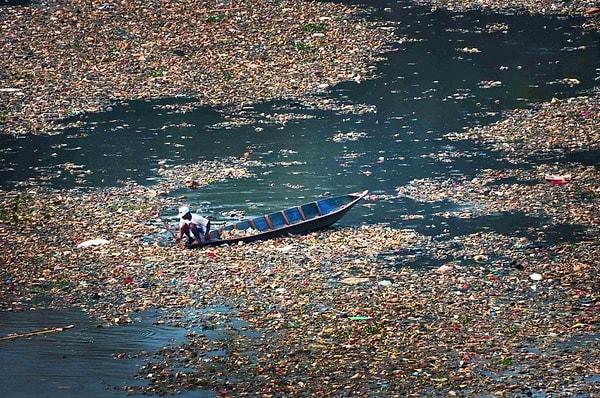
As people became aware of the harm of plastic waste, their usage started to decline, causing considerable concern among plastic manufacturers. Consequently, a massive lie that everyone believed emerged: recycling. This lie was even acknowledged by Larry Thomas, Vice President of the Plastic Industry Society, who stated, 'If the public thinks recycling is effective, they won't worry much about the environment.' We call recycling a 'Lie' because 91% of the billions of plastics produced cannot be recycled in any way.
Symbols on Plastics Do Not Indicate Recyclability.
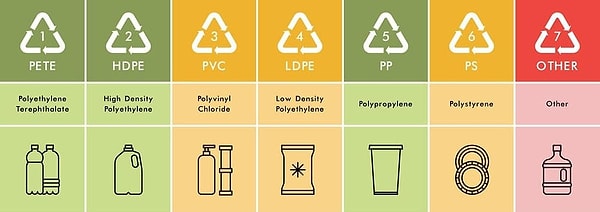
'If many plastics cannot be recycled, what do the symbols on packaging indicating recycling mean?' you might ask. These symbols, with altered versions of the recycling symbol and numbers in the middle, were designed and made mandatory to mislead people. This system, manipulating perceptions and misleading people, effectively prevents any harm to plastic consumption, just as they desire.
So, Are There Recyclable Plastics?
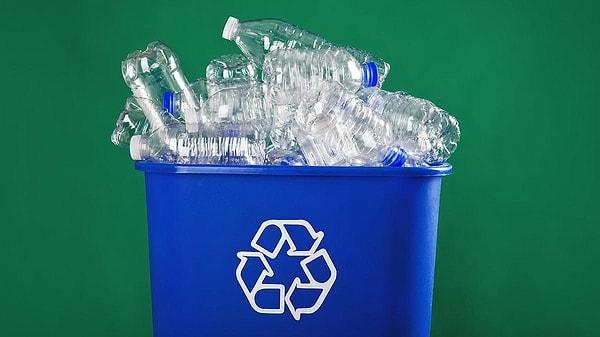
Certainly, there are recyclable plastics. However, the ratio is quite low compared to the amount of plastic produced. Many produced plastics are single-use, and only 1% of them are recyclable. Moreover, it is estimated that at least 8-9% of all plastics can be recycled. The reality, however, is quite different. Recycled plastics are limited to 2%.
How Can We Protect Our World from Plastics?
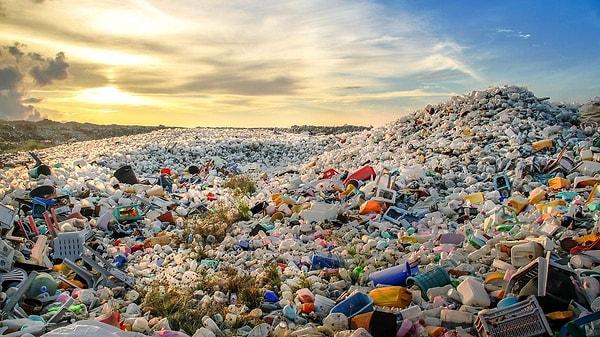
The current 'Take, use, and dispose of' system has significantly increased plastic consumption, accelerating the collapse of ecosystems. What can we do to be beneficial to nature? One of the best things we can do is to avoid using any plastic products. If this is not possible, we can consume less plastic by making an effort to reuse a plastic product. Additionally, as much as we take our own precautions and distance ourselves from plastic, we should also respond appropriately to those who produce it. Thus, by helping to preserve the ecosystem, we can create a much more livable world.
Keşfet ile ziyaret ettiğin tüm kategorileri tek akışta gör!


Send Comment